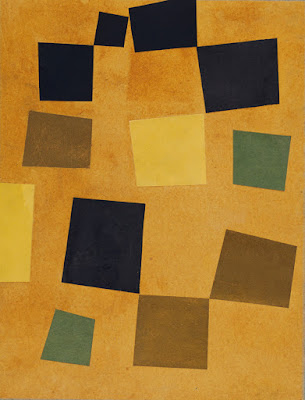Dada
DADA
The Dada movement began during the First World War in Zurich, Swtizerland. This movement was influenced by the following movements:
- Cubism
- Futurism
- Constructivism
- Expressionism (The Art Story. 2017).
 |
| Hans Arp, Untitled (Squares Arranged According to the Laws of Chance), 1917. (The Art Story. 2017) |
The Dada movement represented the opposite of everything art stood for, it was basically an anti-art movement. Which is quite ironic, Dada was an anti-art movement that was
considered an art movement (Art Term, Tate. 2017).
In the above image the artwork came about by chance, as the title suggests "Squares Arranged According to the Laws of Chance", What Arp did was drop the coloured squares on the large sheet and wherever the coloured squares fell is where he glued them. What is ironic about this is that one may say that the above piece leaks concept, but the "Laws of Chance" itself could be considered as a concept (The Art Story. 2017).
sources consulted
Dada – Art Term | Tate. Tate. N.p., 2017. Web. 19 May 2017.
HRWG, 2015 | Micosch Holland On Kids Of Dada | Kids Of Dada". Kids of Dada. N.p., 2017. Web. 19 May 2017.
Dada Movement, Artists And Major Works. The Art Story. N.p., 2017. Web. 19 May 2017.
Moma | Dada". Moma.org. N.p., 2017. Web. 19 May 2017.




Comments
Post a Comment